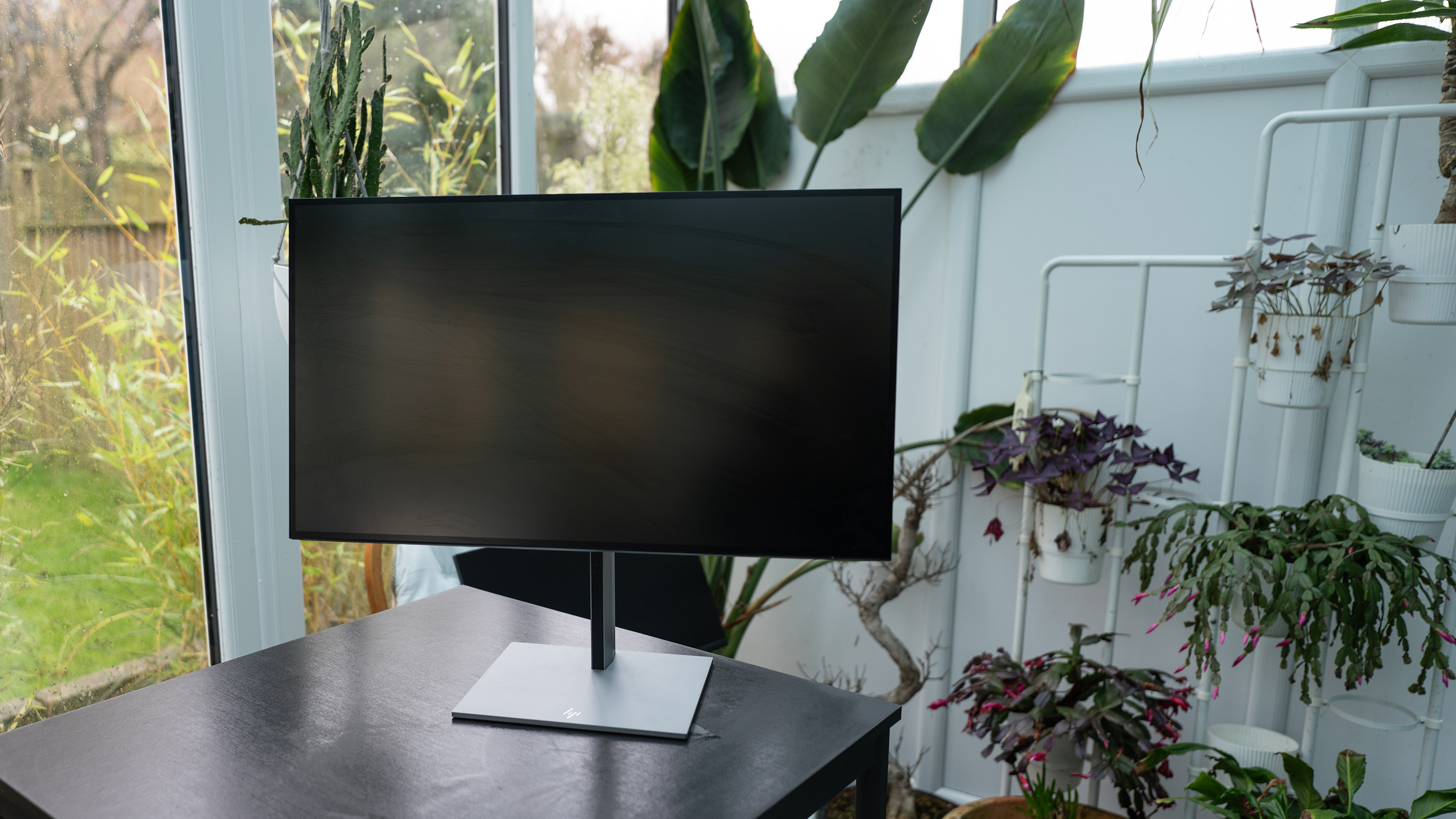
An elegant 1440p monitor with excellent connectivity and a USB hub, HP’s tricky-to-pronounce Z27u G3 offers a 27-inch screen and an IPS panel, for a wide viewing angle. It also has presets for the P3 and Rec 709 colour gamuts, which may put it on the shopping list of video professionals, but they may think again once they realise there's no way to view an unprocessed picture. But is it good enough to make it onto our list of the best monitors for video editing? I've spent a couple of weeks with it to find out.
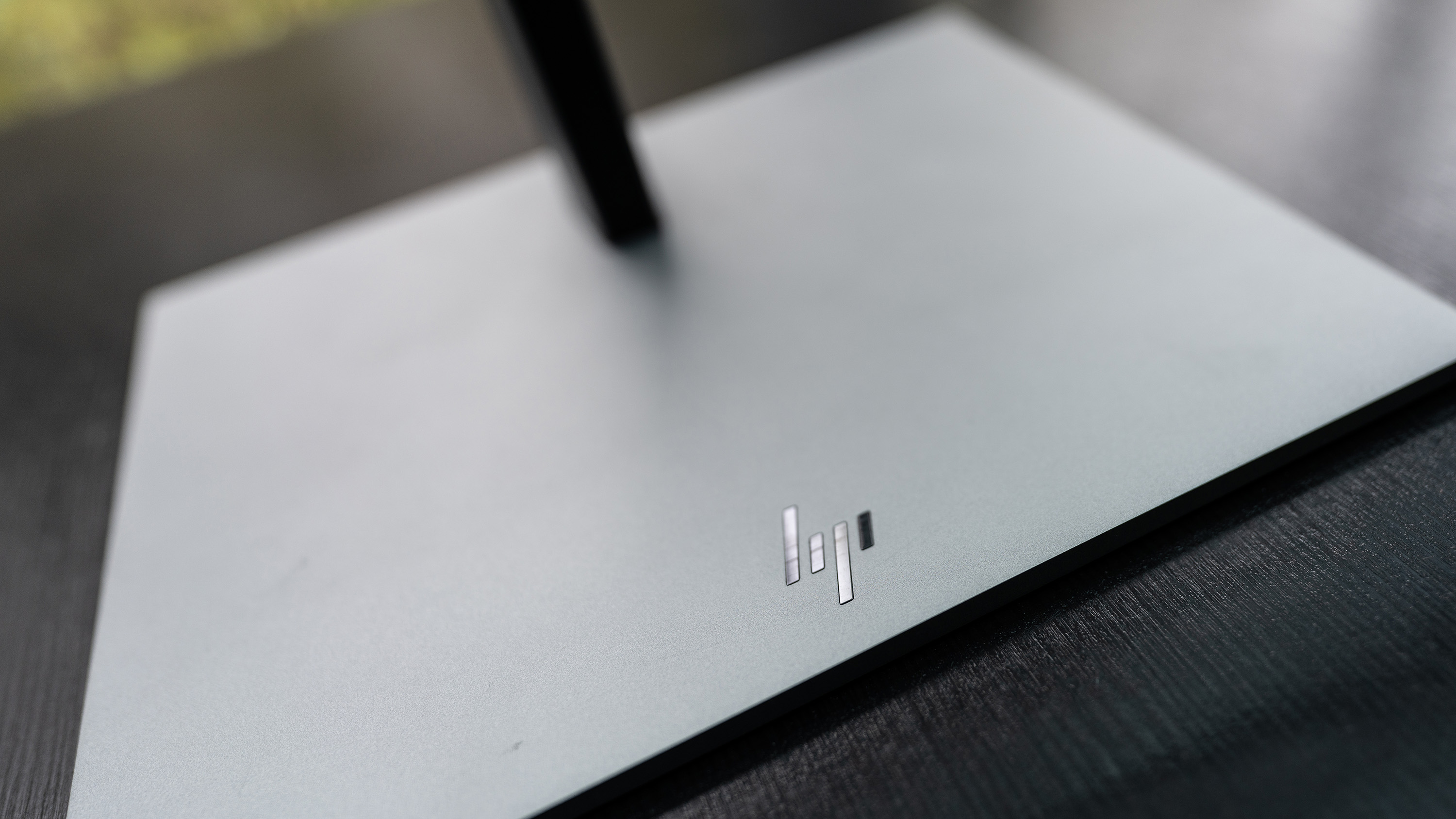
HP Z27u G3 review: Key specifications
HP Z27u G3 review: Design and build
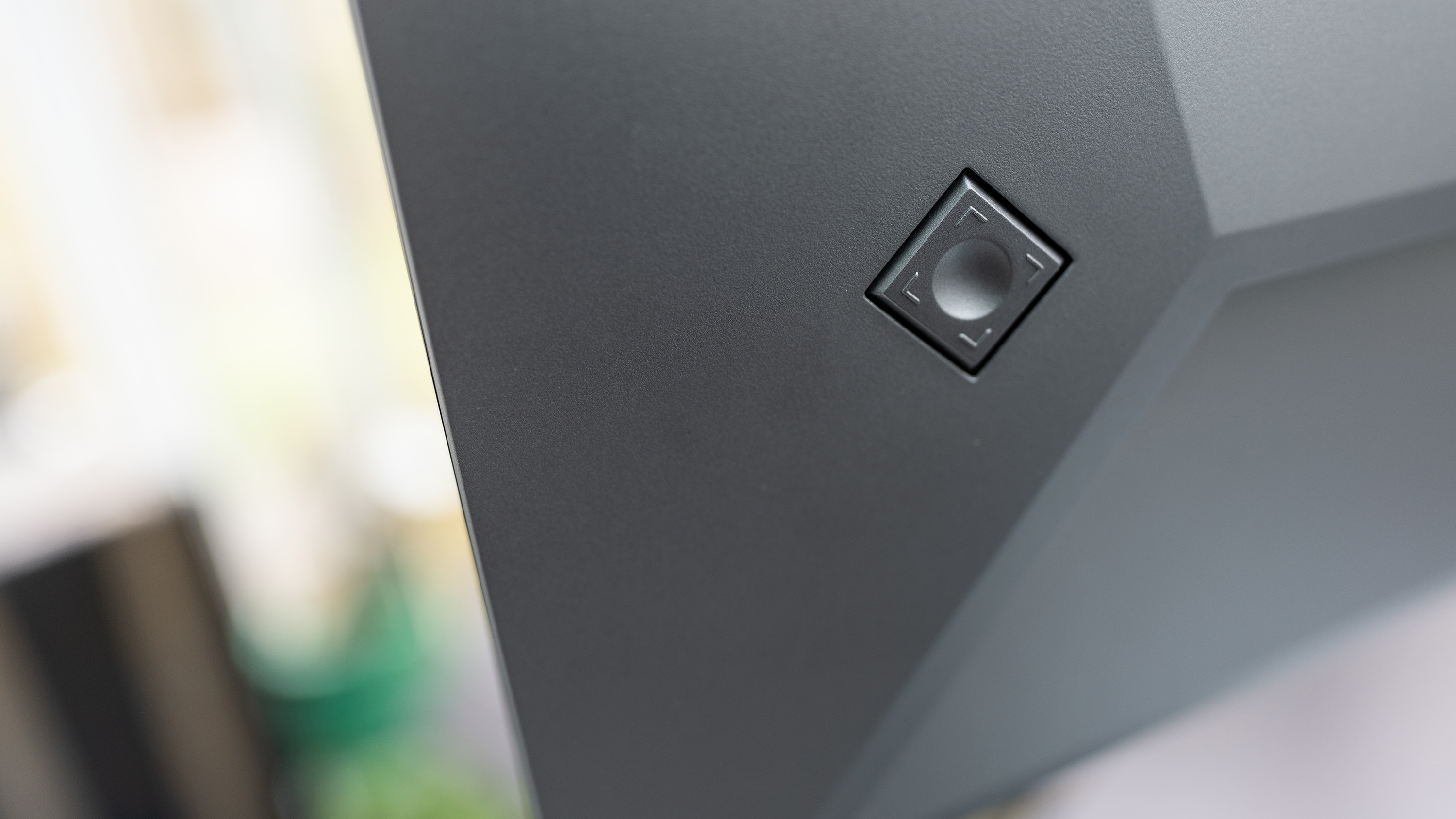
For a 27-inch screen, the Z27u G3 is certainly thin. The panel itself is thin, the bezels are thin, and the stand is thin too. The foot that supports it on the desktop is smaller than those we’ve seen on monitors of comparable size, and the leg is narrow but deep. There's one screw to do up, to attach the foot to the leg, and the screen snaps onto the top of it using a spring mechanism, though there's a 100mm VESA mount too, if you want to use an arm. Once mounted, the monitor smoothly rotates and tilts, and there's 150mm of height adjustment.
One downside of this slender design is that it can feel a touch insubstantial compared with other screens that use a chunkier approach. It’s also easy to knock out of position, so if placed somewhere you’re likely to brush against the edge can become slanted or tilted away from where you like it to be. This can be a benefit, however, as accessing the video ports and USB hub is much easier when you can just slide the screen into the portrait position and plug it straight in.
The OSD is accessed by a four-way control on the back right of the screen. It clicks in the middle for ‘OK’, and while it’s possible to accidentally press this when trying for one of the directional controls, you soon learn to move slightly away from the centre.
HP Z27u G3 review: Features
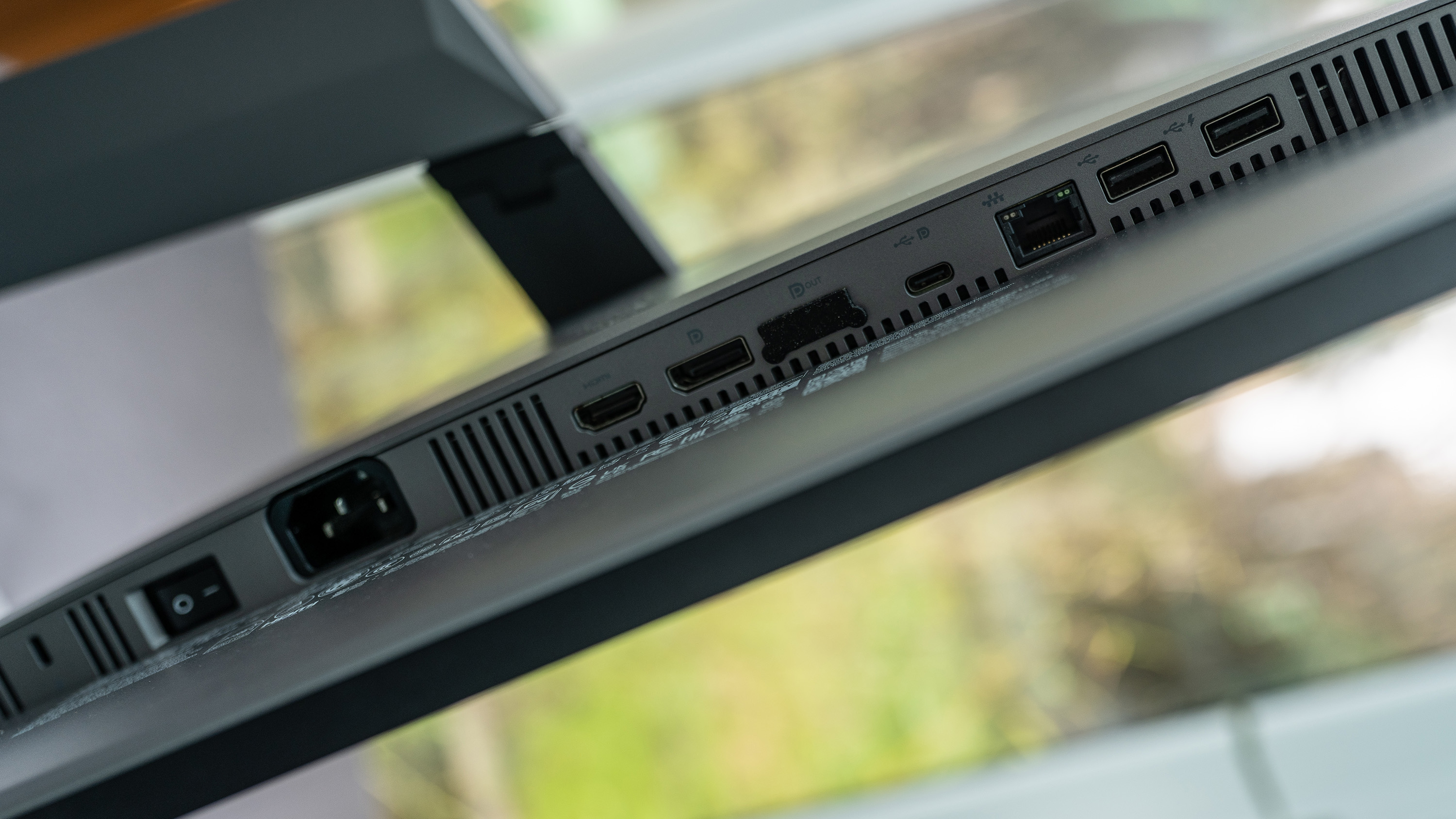
The HP Z27u G3 has excellent connectivity, with HDMI, DisplayPort and USB-C connections. Using USB-C is the only way to access the USB hub and Ethernet port, so it doesn’t function as a true KVM that can be switched between multiple computers like the Iiyama Prolite XUB3293UHSN-B5, but with 100W of power available it does mean that you can connect and charge your laptop with a single cable and spare your desk some clutter.
The USB hub has four ports, two of which are easily accessible on the back of the screen, while two are underneath with the video connectors, and are more suitable for things you won’t want to unplug too often. They all run at 5Gbps (as does the Type-C, suggesting bandwidth is shared), so you may need to find a spare 10Gbps or Thunderbolt port on your computer if you’re using fast external storage. There's a gigabit Ethernet port too, for those times when Wi-Fi just won’t cut it.
HP Z27u G3 review: Performance
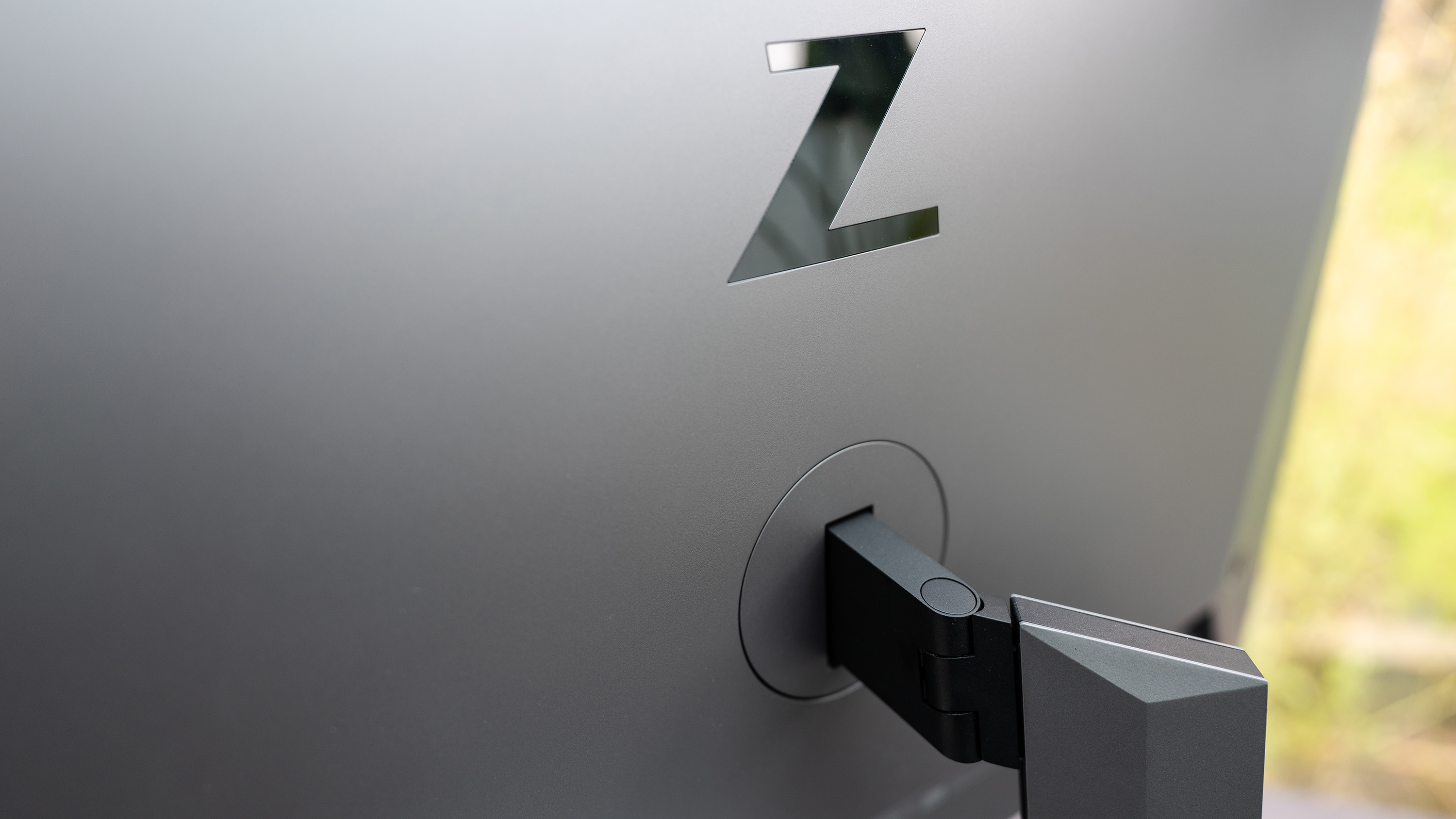
Using the OSD, it’s possible to cycle through various colour modes, including sRGB, P3 and Rec 709. There's also a ‘native’ option, and one for a calibrated setting. There's also a processing option that, while it can be turned down, cannot be turned off. In sRGB mode this was set to 4 by default, about in the middle, but the lowest option is ‘soft’ rather than ‘off’ so there's no unprocessed picture available.
The screen hit its claimed 350 nits brightness figure, outputting 351 nits at 100% brightness in our tests. One feature of the OSD arrangement is that brightness is particularly easy to adjust, with just two clicks of the directional pad required, and switching between colour modes is just as simple. In sRGB mode, the screen produced 97% of that gamut, plus 73% of both Adobe RGB and P3. In P3 mode it jumped to 100% of sRGB, 73% of AdobeRGB and 84% of P3, though the picture appeared less vibrant. Gamers should also note that the Z27u G3’s maximum refresh rate is 60Hz.
Should I buy the HP Z27u G3?
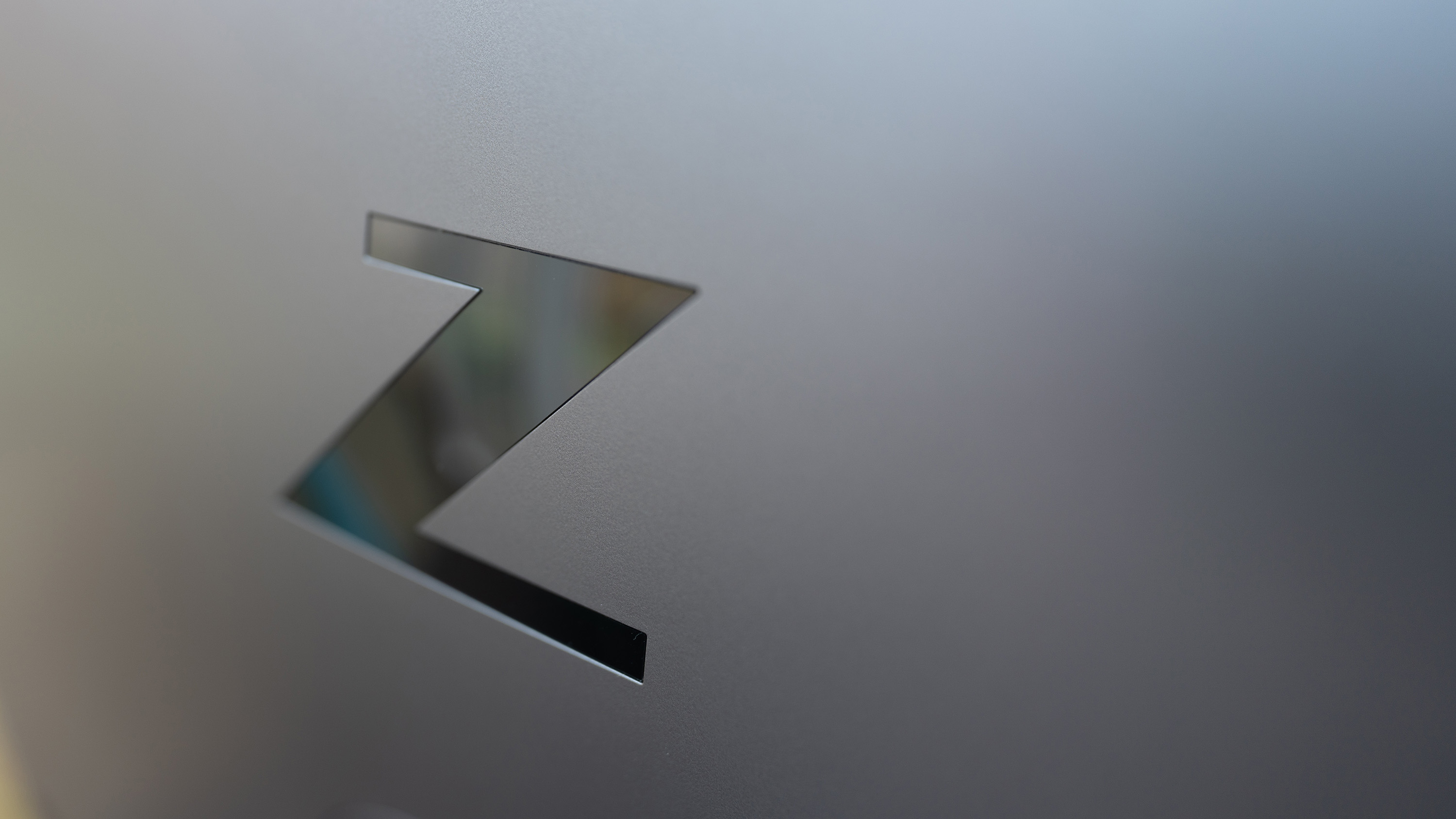
For £407.99, at the time of writing, it looks expensive. You can get 1440p 27-inch screens from the likes of AOC and Lenovo for less than £200, so the USB hub, slender design and colour response of HP’s screen will cost you a fair bit.
It’s an easy screen to live with, however, bright and colourful with a sharp picture depending on the setting. If you don’t mind your image being processed, with no way to turn it off, then this can make an excellent office screen for a studio or freelancer. A 27-inch screen is about right for 1440p - the resolution benefits from 4K don’t start making themselves apparent at normal viewing distances until you start making the screen larger - and it’s a decent bump over 1080p that will give a better image for photo editing or graphic design.







